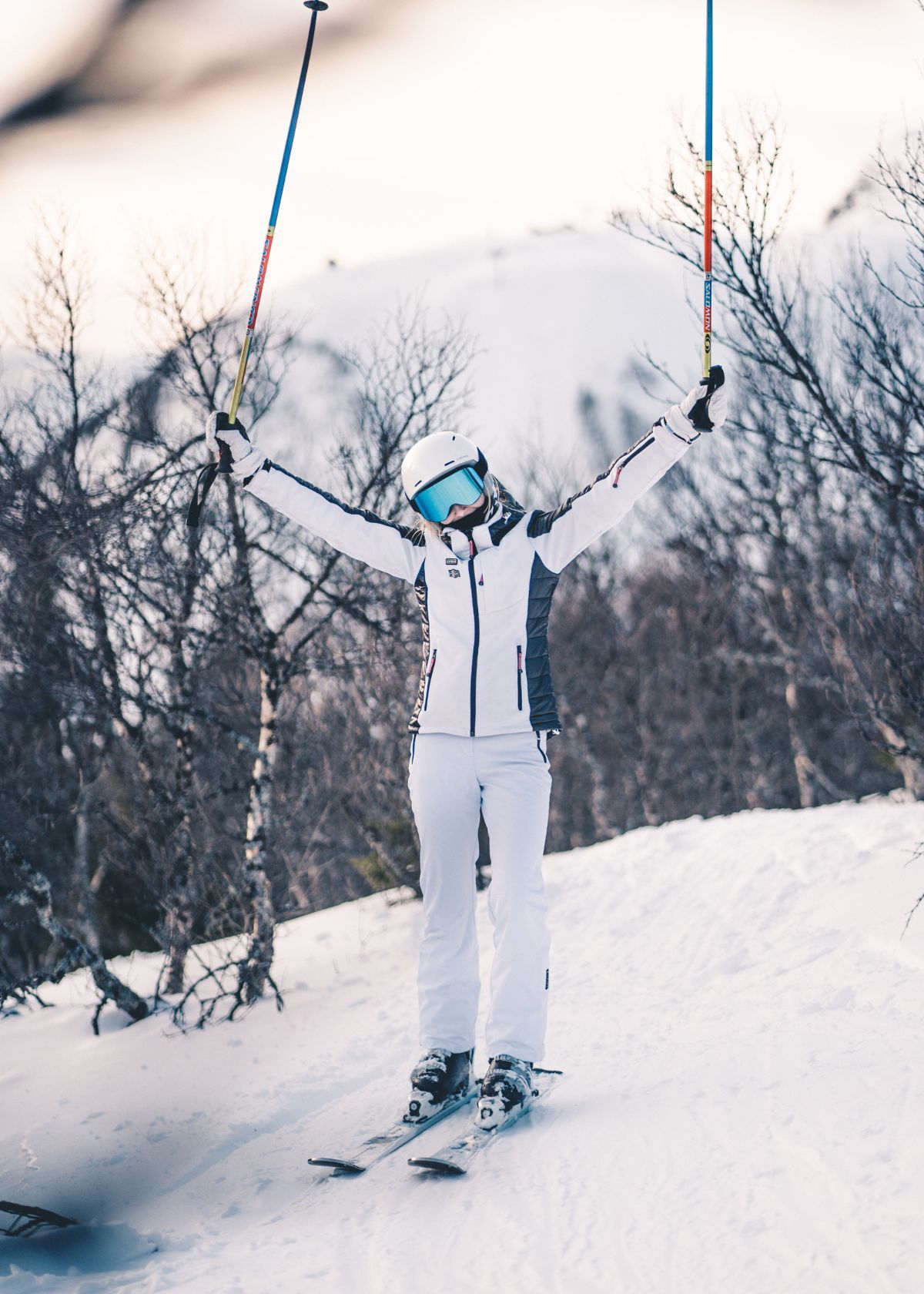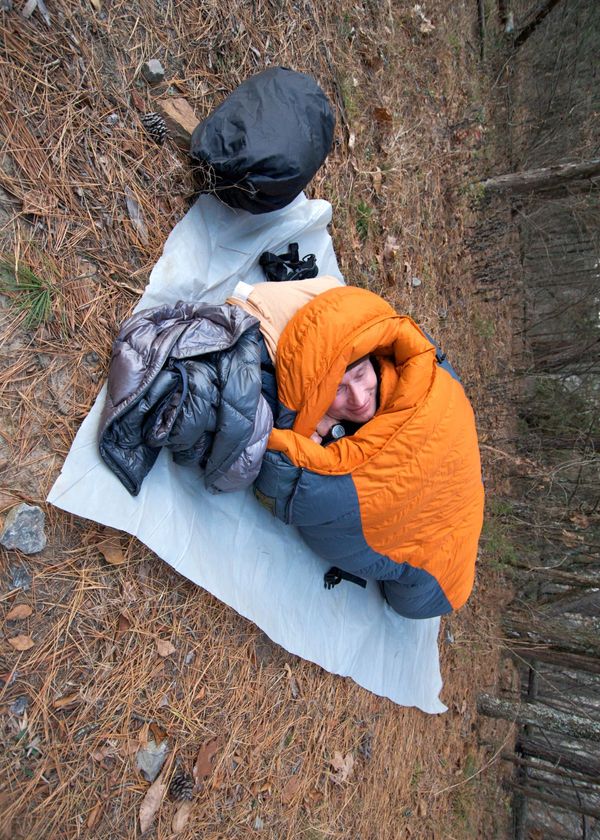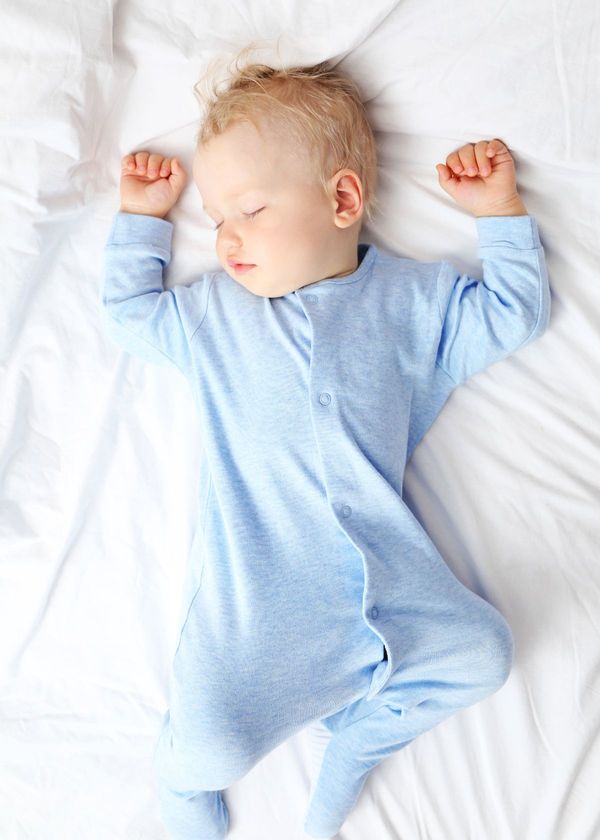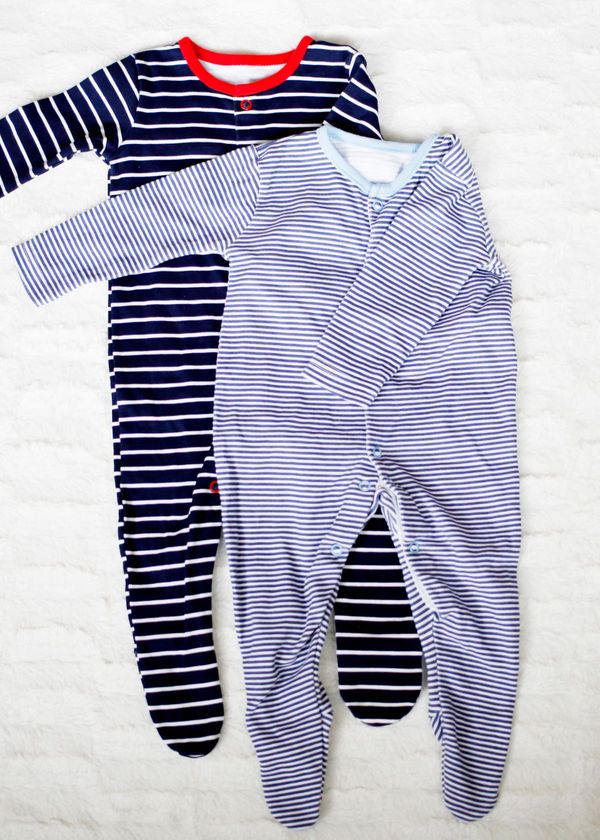Skiing is one of the most exhilarating winter sports, but if you're new to the slopes, figuring out what to ski wear can be a daunting task. With the right clothing and gear, you'll be able to stay warm, dry, and comfortable, allowing you to focus on having fun and improving your skills on the mountain.
When it comes to dressing for spring skiing, layers are key. You'll want to start with a moisture-wicking base layer to keep sweat away from your skin and regulate your body temperature.
Next, add an insulating mid-layer, such as a fleece or down jacket, to keep you warm in cold temperatures. Finally, top it off with a waterproof and breathable outer layer, such as a ski or snowboard jacket and pants, to protect you from wind, snow, and rain.
Aside from clothing, it's important to invest in the right accessories, such as ski gloves or mittens, a warm hat or ski helmet, and goggles or sunglasses to protect your eyes from the glare of the sun and snow. And don't forget about your feet! A good pair of ski or snowboard socks and waterproof boots will keep your feet warm and dry all day.
By following these tips and dressing appropriately for the conditions, you'll be ready to confidently hit the slopes and enjoy all the thrills that skiing offers.

The Layering System: A guide to dressing in layers for skiing
As the cold winter months roll in, many skiing enthusiasts eagerly await the opportunity to hit the slopes. However, with the frigid temperatures and unpredictable weather conditions, it's crucial to have the right gear to stay warm and comfortable on the mountain. A good layering system is one of the most important components of any skier's wardrobe.
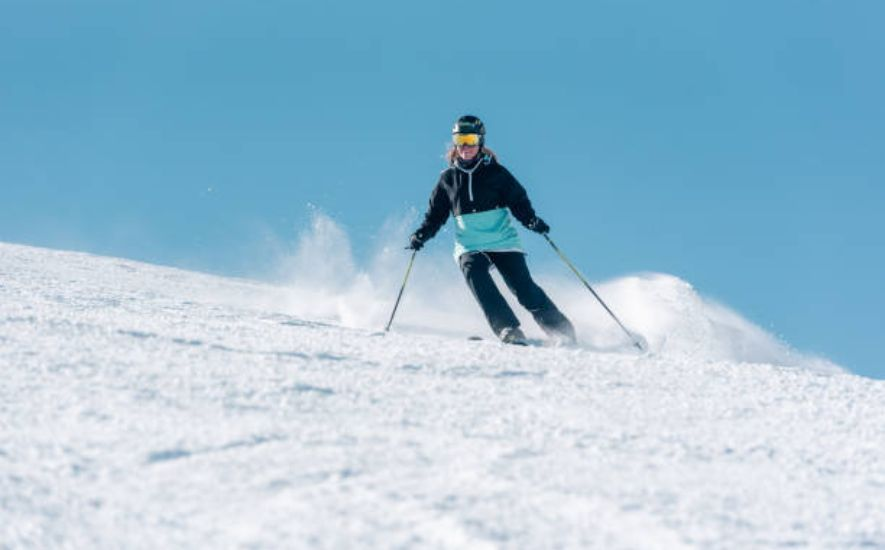
What is a Layering System?
A layering system is a method of dressing that involves wearing multiple layers of ski and snowboard clothing to protect your body from the cold, wind, and moisture while allowing for easy temperature regulation. Typically, a layering system consists of three layers: a base layer, an insulating layer, and an outer layer.
Base Layer
The base layer is closest to your skin, and its primary function is to wick away sweat and moisture to keep you dry. This layer is usually made of thin, lightweight material like merino wool or synthetic fabric. It should fit snugly but not be too tight, as this can restrict circulation and make it harder to regulate your body temperature.
Insulating Layer
The insulating layer provides warmth by trapping air between its fibers. This layer can be made of down, fleece, or synthetic insulation. The thickness and warmth of the insulating layer will depend on the temperature and weather conditions you expect to encounter on the mountain.
Outer Layer
The outer layer is the last line of defense against the elements. This layer is typically made of waterproof or water-resistant materials like Gore-Tex. Its primary function is to keep wind, snow, and rain out while allowing moisture to escape. A good outer layer should be breathable and allow you to move freely.
Why is a Layering System Essential for Skiing?
A layering system is essential for skiing because it allows you to adapt to changing weather conditions and regulate your body temperature as you move through different environments.
When you're skiing, your body temperature can fluctuate dramatically depending on altitude, wind speed, and exercise intensity. A layering system allows you to add or remove layers to stay comfortable and safe on the mountain.
Tips for Building a Layering System
When building a layering system for skiing, choosing high-quality materials that are durable, breathable, and moisture-wicking is essential. Here are some additional tips to keep in mind:
- Consider the temperature and weather conditions you expect to encounter on the mountain.
- Choose layers that fit well and allow for a full range of motion.
- Avoid cotton, as it doesn't wick moisture away from the skin and can lead to hypothermia.
- Invest in good ski socks to keep your feet warm and dry.
- Don't forget to bring accessories like gloves, a hat, and a neck gaiter to protect your extremities from the cold.

Skiing Fashion Trends: What's Hot on the Slopes
As winter approaches, the ski season comes into full swing, and with it, the latest skiing fashion trends hit the slopes.
From bold colors and playful patterns to high-tech materials and functional designs, skiing fashion has come a long way since the early days of woolen sweaters and knitted hats. Today, skiing fashion is as much about style as it is about function, and skiers of all levels want to make a statement on the slopes.
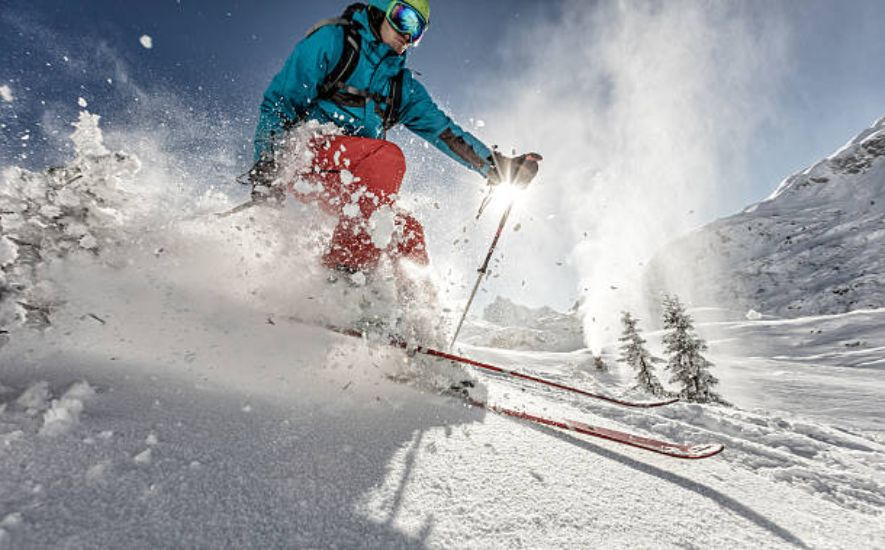
Functionality Meets Fashion
One of the most significant trends in skiing fashion today is the merging of functionality and fashion. Clothing manufacturers are increasingly developing apparel that is not only stylish but also designed to keep skiers warm, dry, and comfortable.
Ski jackets and ski or snowboard pants are now made with breathable and waterproof fabrics that allow maximum movement and performance.
Incorporating high-tech materials such as Gore-Tex and Thinsulate has revolutionized the skiing industry, allowing skiers to stay warm and dry in even the harshest weather conditions.
Bold Colors and Patterns
Gone are the days of drab and boring skiwear. Today, skiers embrace bold colors and playful patterns to make a statement on the slopes.
From neon green to hot pink, bright colors are in, and the bolder, the better. Ski jackets, pants, and accessories are now available in eye-catching hues and patterns, making standing out on the mountain easier.
Sustainability
Sustainability is a growing trend in fashion, and skiing fashion is no exception. Many clothing manufacturers now produce sustainable skiwear made from eco-friendly materials designed to minimize environmental impact.
From jackets made from recycled plastic bottles to gloves made from bamboo, sustainability is becoming an essential factor for many skiers when selecting their skiwear.
Accessories
Accessories are an essential part of any skiing outfit; this season, they're taking center stage. From cozy beanies and stylish helmets to high-tech ski goggles and sleek backpacks, accessories are an easy way to add a touch of style to any skiing outfit.
When selecting your accessories this season, look out for bright colors, bold patterns, and functional designs.
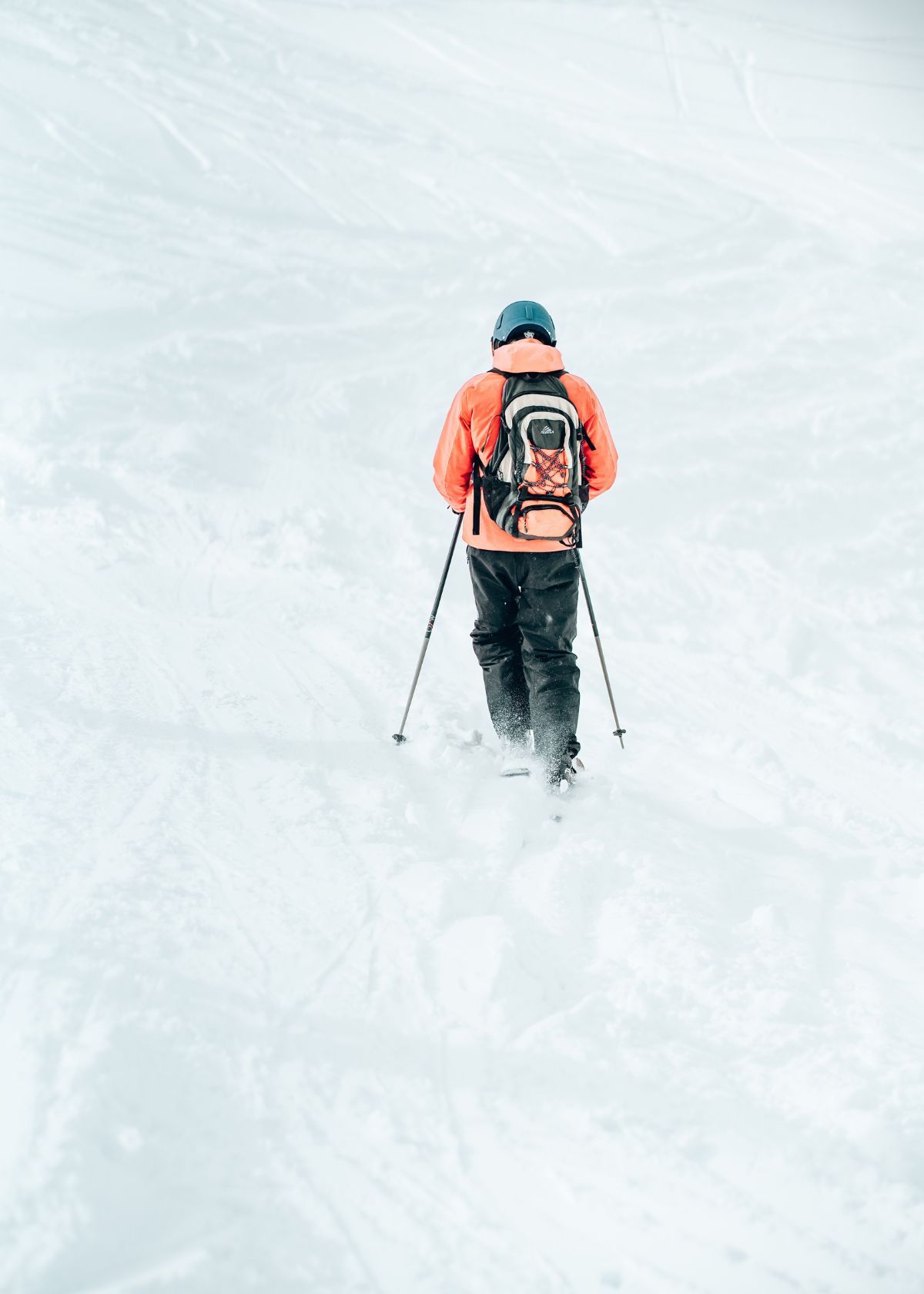
Dressing for Different Types of Skiing: From Cross-Country to Backcountry
Winter is a season filled with outdoor activities, and skiing is one of the most popular ones. Whether you're a beginner or an experienced skier, dressing appropriately is crucial for a comfortable and enjoyable slope experience.
However, dressing for skiing can be tricky, especially if you're unfamiliar with the different types of skiing. Each type of skiing has unique clothing requirements, from cross-country to backcountry.
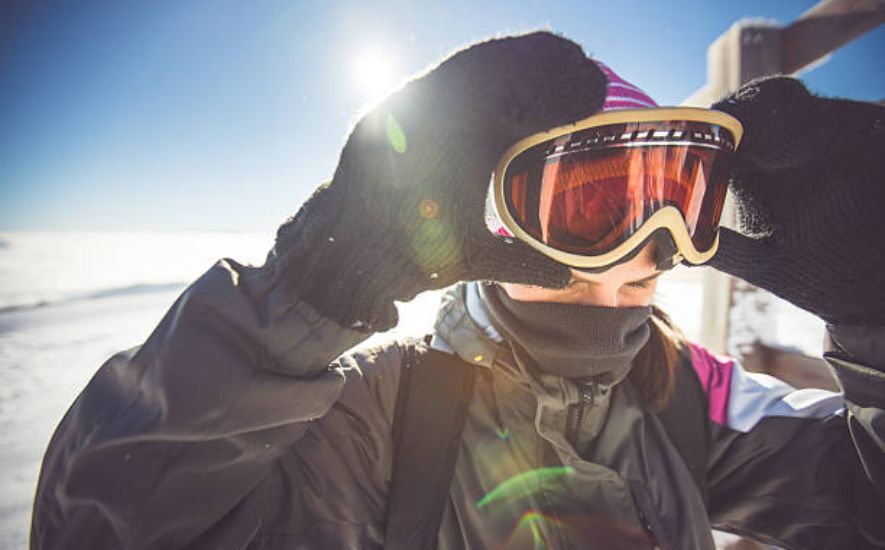
Cross-Country Skiing
Cross-country skiing is a popular form of skiing that involves gliding across flat or gently sloping terrain. This type of skiing requires clothing that allows for a full range of motion and wicks moisture away from the skin.
A good base layer of synthetic or wool materials is essential for cross-country skiing. Depending on the weather conditions, the base layer should be followed by a mid-layer of fleece or a soft shell jacket. Finally, a windproof and water-resistant outer layer is necessary to keep you warm and dry.
Downhill Skiing
Downhill skiing, also known as alpine skiing, is a more intense form of skiing that involves skiing downhill on a mountain. The clothing requirements for downhill skiing are more substantial than for cross-country skiing.
A base layer made of synthetic or wool materials is still necessary, followed by a mid-layer of fleece or a softshell jacket. However, a waterproof and breathable ski jacket and pants are required for downhill skiing to protect you from the elements. A helmet is also essential for downhill skiing.
Freestyle Skiing
Freestyle skiing, or terrain park skiing, involves performing tricks and jumps on specially designed terrain parks. Clothing requirements for freestyle skiing are similar to downhill skiing, but the clothing should be more flexible and allow for a full range of motion.
A base layer made of synthetic or wool materials is necessary, followed by a mid-layer of fleece or a softshell jacket. A waterproof and breathable ski jacket and pants are also required, along with a helmet.
Backcountry Skiing
Backcountry skiing involves skiing in remote and unpatrolled areas, where the skier must be self-sufficient and responsible for their safety. Clothing requirements for backcountry skiing are similar to downhill skiing but with some additional requirements.
A base layer made of synthetic or wool materials is still necessary, followed by a mid-layer of fleece or a softshell jacket. However, a waterproof and breathable shell jacket and pants are essential for backcountry skiing, warm and waterproof gloves, and a hat.
Backcountry skiers should also wear an avalanche beacon, shovel, probe, and a backpack to carry essential gear.
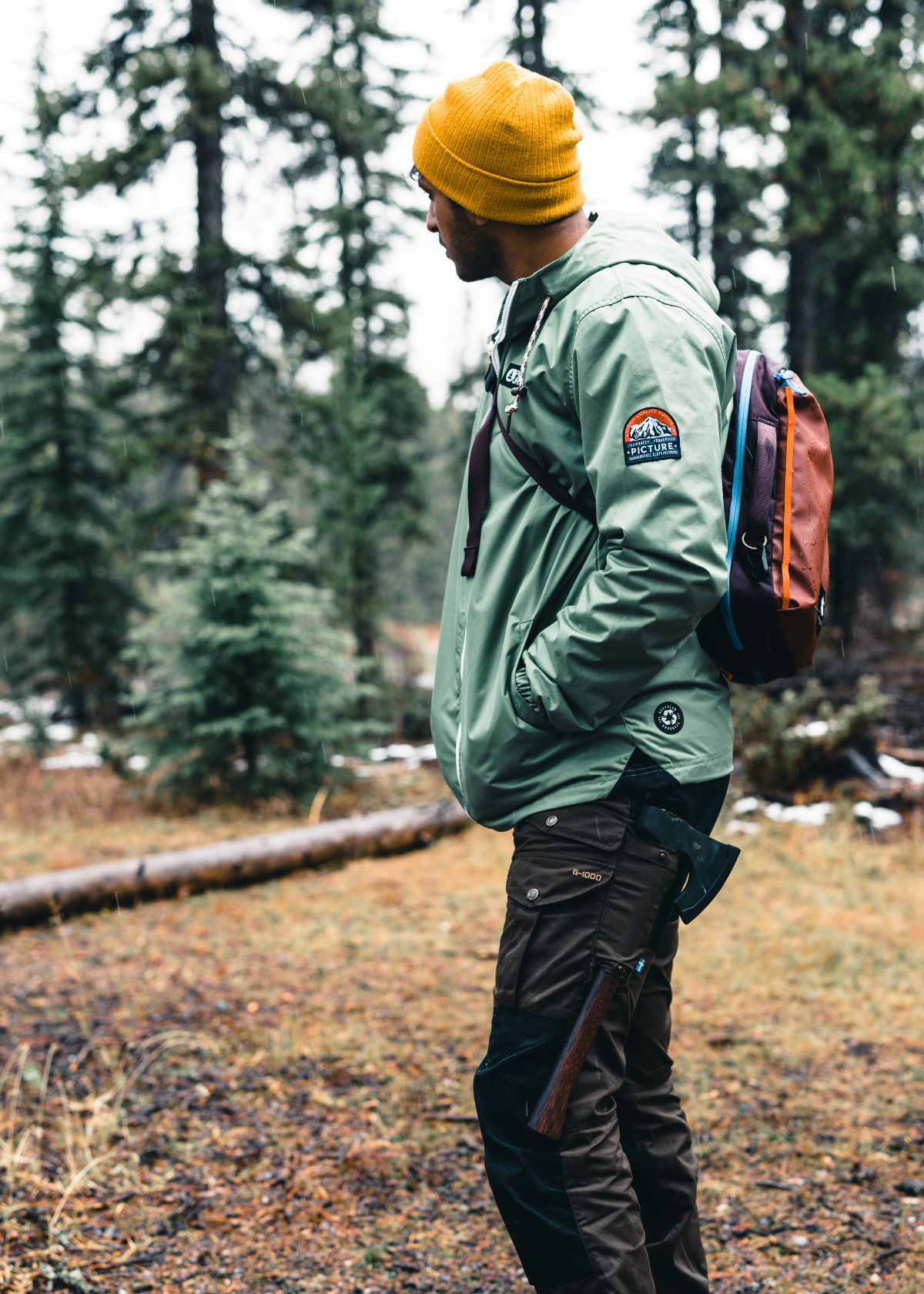
Sustainable Skiing: How to Dress Responsibly on the Slopes
Winter sports like skiing and snowboarding are great fun and an excellent way to enjoy the beauty of winter. However, as winter sports have become more popular, the environmental impact has increased, and the issue of sustainability in skiing has become more pressing.
One way to contribute to sustainability while skiing is by dressing responsibly on the slopes. It may seem like a minor aspect, but dressing sustainably can make a big difference to the environment.

Sustainable Materials
When dressing sustainably for skiing, choosing the right materials is crucial. Synthetic materials like polyester, nylon, and acrylic are popular choices for ski wear because they are water-resistant and warm.
However, they are also derived from fossil fuels and are not biodegradable, contributing to the growing problem of microplastics in our waterways. Instead, opt for natural materials like wool and cotton, which are renewable and biodegradable.
Brands like Patagonia, Picture Organic Clothing, and Norrøna offer sustainable ski wear made from organic cotton, recycled wool, and recycled polyester.
The Importance of Layering
Layering is essential when it comes to dressing responsibly for skiing. By layering up, you can adjust your clothing to the weather conditions, so you don't have to buy new clothes every season. The key is to choose a combination of breathable and insulating layers.
Start with a base layer made from natural materials like wool or bamboo, which will wick away sweat and keep you warm.
Add an insulating layer like a fleece or down jacket, which traps heat and keeps you warm. Finish with a waterproof, breathable shell jacket and pants to protect you from the elements.
How to Dispose of Old Ski Wear
When it's time to replace your ski wear, it's essential to dispose of it responsibly. Donating your old ski wear to a charity or thrift store is a great way to ensure it doesn't end up in a landfill.
Alternatively, some brands, like Patagonia and The North Face, have take-back programs where they will recycle your old clothing into new products. If your ski wear is still in good condition, consider selling it on a second-hand marketplace, like eBay or Depop.
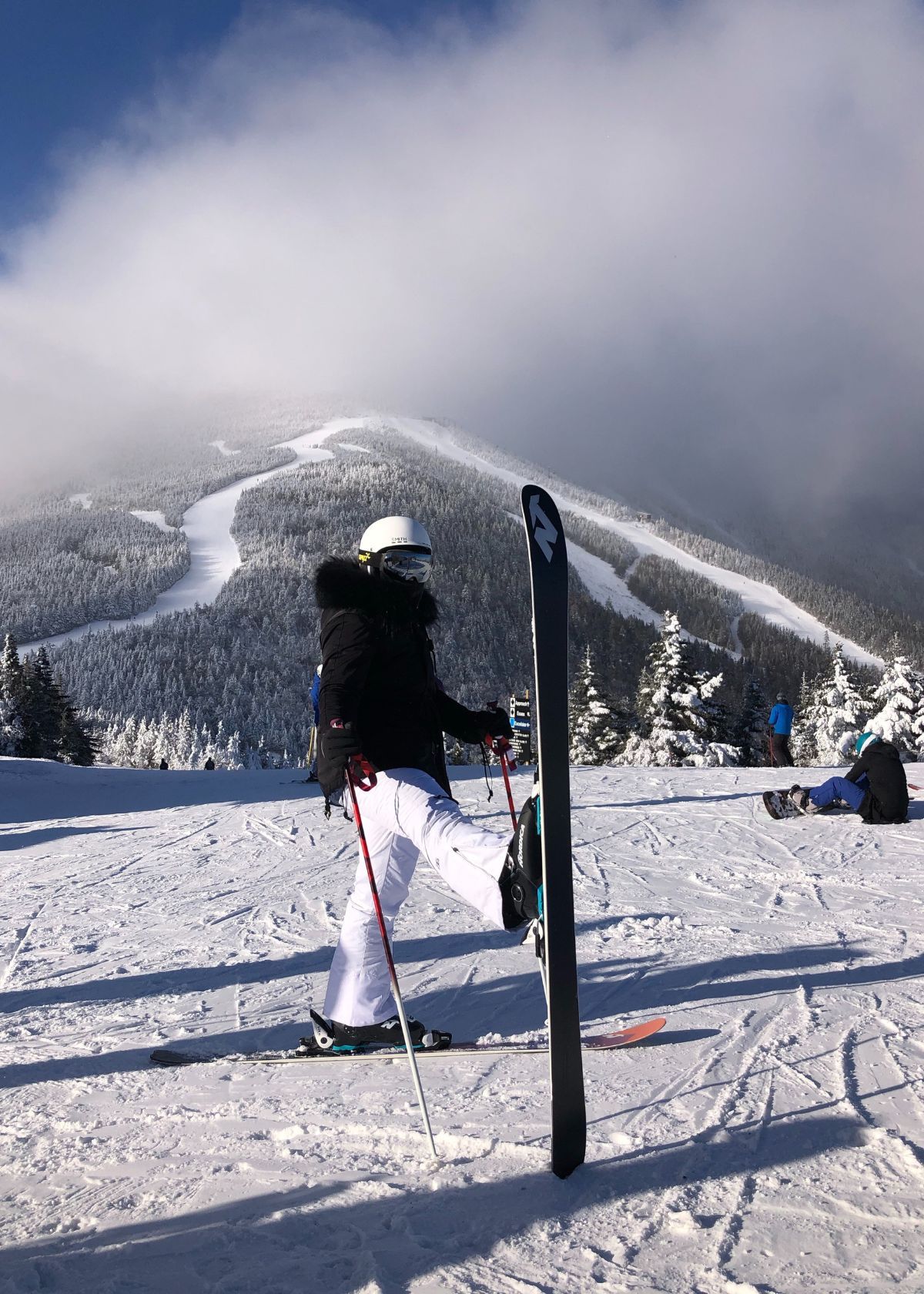
Fashionable Yet Functional: How to Look Great While Staying Warm
As winter sets in, many of us may struggle with the age-old dilemma of wanting to look stylish and fashionable while staying warm and comfortable. It can be difficult to find the right balance between fashion and function, but fear not!
With a little bit of creativity and some helpful tips, you can achieve a fashionable yet functional winter wardrobe that keeps you looking great and feeling cozy.
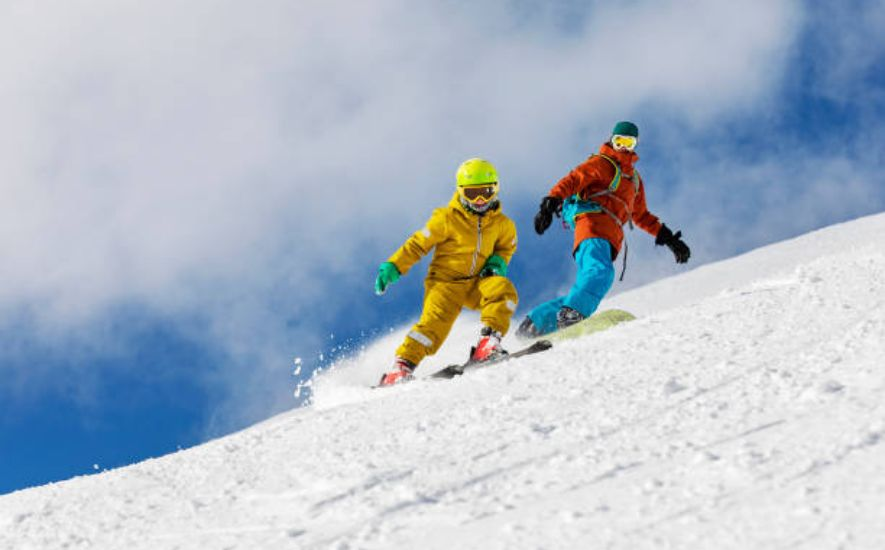
Layer Up
Layering is a tried-and-true method for staying warm in colder weather, and it can also be a great way to add some interest and dimension to your outfit.
Start with a base layer of thermal or moisture-wicking material, then add a cozy sweater or cardigan for insulation. A scarf, hat, and gloves can also be stylish and functional accessories for your layered look.
Invest in Quality Outerwear
Your winter coat is the centerpiece of your cold-weather wardrobe, so it’s important to invest in a high-quality piece that looks great and keeps you warm and protected from the elements.
Look for a coat made of wool or down that provides insulation and wind resistance. A coat with a hood can also provide added protection against wind and snow.
Choose Stylish Footwear
Regarding winter footwear, the function is key, but that doesn’t mean you have to sacrifice style. Look for waterproof and insulated ski or snowboard boots to keep your feet warm and dry, and choose a style that complements your outfit.
Ankle boots, knee-high boots, and even stylish sneakers can all be great options depending on the occasion.
Accessorize with Statement Pieces
Accessories are a great way to add personality and style to your winter wardrobe. Statement pieces like bold jewelry, scarves, and hats can all be used to add interest and flair to your outfit. Look for accessories that complement your style and the colors in your wardrobe.
Choose Fabrics Wisely
When choosing fabrics for your winter wardrobe, it’s important to look for materials that provide warmth and insulation without adding bulk.
Natural fibers like wool and cashmere are great options, as are synthetic materials like fleece and down. Avoid fabrics like cotton, which can absorb moisture and leave you feeling cold and damp.
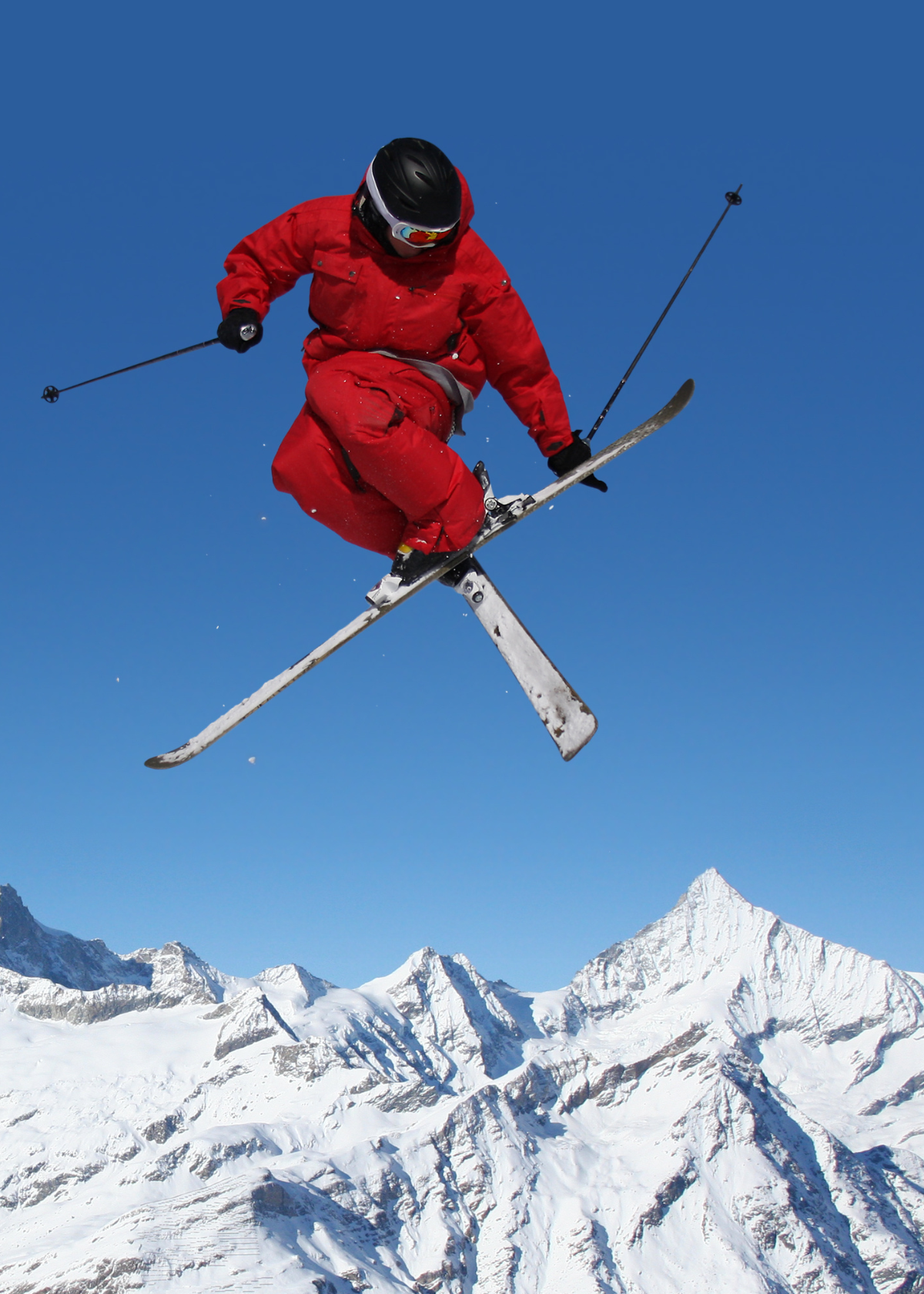
Skiing Style for Every Budget: How to Dress Well Without Breaking the Bank
Winter is here, and with it comes the excitement of skiing on fresh snow. As you plan your ski trip, one important factor to consider is your skiing style.
However, with the variety of skiing styles available, choosing one that suits your budget can be challenging. Skiing gear can be expensive, but it doesn't have to be.
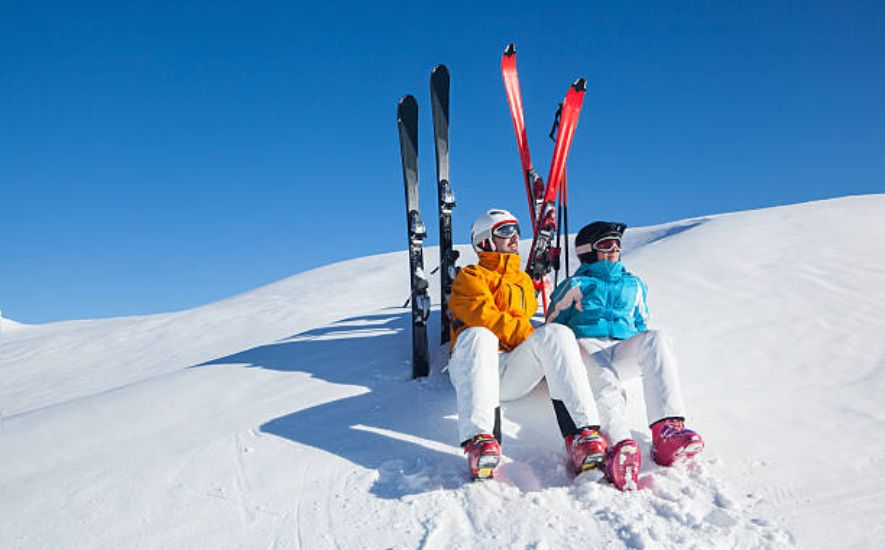
Understanding the Different Skiing Styles
You need to understand the different skiing styles to dress well for skiing. There are mainly two skiing styles: downhill skiing and cross-country skiing. Downhill skiing is the most popular style, where skiers use ski lifts to reach the top of the mountain and then ski down.
Cross-country skiing, on the other hand, is a more relaxed style, where skiers move on relatively flat terrain using their power. Once you understand the skiing styles, you can choose the appropriate gear and clothing.
Prioritizing Your Skiing Needs
Before you start shopping for skiing gear and clothing, prioritize your needs. Consider what you already have and what you need to buy.
List the essential items you can't do without, such as skis, boots, and gloves. Once you have your list, you can start looking for deals and discounts.
Buying Second-Hand Ski Gear
Buying second-hand ski gear is a great way to save money. You can find good-quality gear and clothing at a fraction of buying new.
Look for used gear at ski swap events, thrift stores, and online marketplaces like eBay and Craigslist. However, when buying second-hand gear, scrutinize it to ensure it's in good condition.
Renting Ski Gear
If you're not a frequent skier, renting ski gear is an excellent option. Ski rental shops offer various gear and clothing options at affordable prices.
You can rent skis, boots, poles, helmets, and clothing like jackets, ski pants, and gloves. Renting gear can also be a good option if you travel to most ski resorts and don't want to carry bulky gear.
Finding Affordable Ski Clothing
Ski clothing can be expensive, but there are ways to find affordable options. Look for sales and discounts at ski shops and online retailers.
You can also find good deals on ski clothing at discount retailers like TJ Maxx and Marshalls. Look for clothing made from synthetic materials like polyester, which is lightweight, breathable, and quick-drying.
Frequently Asked Questions (FAQs)
Skiing is a fun and exhilarating sport. It can also be very dangerous, so knowing how to stay safe while skiing is important. You don’t want to get caught in an avalanche or break your leg because you weren’t prepared. Here are some faqs on what to wear while skiing:
What should I wear for my first time skiing?
For your first time skiing, it's important to wear clothing that will keep you warm, dry, and comfortable. You should dress in layers, starting with a moisture-wicking base layer, then a mid-layer for insulation, and finishing with a waterproof and breathable outer layer.
Don't forget to wear waterproof gloves, warm socks, and a helmet. It's also recommended to wear goggles or sunglasses to protect your eyes from the sun, wind, and snow. Finally, ensure your clothing allows for freedom of movement, as skiing involves a lot of physical activity.
What should you not wear skiing?
When skiing, it is important to avoid certain clothing items that could impede your movement or make you uncomfortable in the cold weather. Some items to avoid include cotton clothing, which can retain moisture and make you feel damp and cold.
Also, avoid wearing bulky items such as parkas or heavy sweaters, as they can restrict your movement and make it difficult to ski properly.
Wear jeans is also not recommended, as they can be restrictive and uncomfortable when skiing. Instead, opt for moisture-wicking base layers, insulated pants, and waterproof jackets to keep you warm and comfortable on the slopes.
What is worn for skiing?
When skiing, it's important to wear warm, waterproof, and breathable clothing. The ideal outfit typically includes a base, mid-layer, and outer layer. The base layer should be moisture-wicking fabric, such as wool or synthetic materials.
The mid-layer should provide insulation, such as a fleece or down jacket. The outer layer should be waterproof and windproof, such as a ski jacket and pants. Additionally, accessories like gloves, hats, and goggles are essential to protect against the cold and sun.
What layers to wear skiing?
When skiing, it's important to wear layers that will keep you warm and dry while allowing you to move freely. Start with a moisture-wicking base layer to keep sweat away from your skin. Add a mid-layer for insulation, such as a fleece or down jacket.
Your outer layer should be waterproof and breathable, such as a ski jacket and pants. Don't forget accessories like gloves, a hat, and a neck gaiter to protect exposed skin.
Consider the weather conditions and adjust your layers accordingly. Remember, it's better to have too many layers and remove them as needed than not to have enough and be cold.
Conclusion
In conclusion, choosing what to wear skiing is an important decision that can greatly impact your comfort and safety on the mountain. Whether you're a seasoned skier or a first-timer, it's important to dress in layers, wear waterproof and breathable materials, and protect your head, eyes, and hands.
By preparing for your skiing adventure properly, you can ensure that you'll stay warm, dry, and comfortable and enjoy all the thrills and excitement that the slopes offer. So grab your gear, hit the slopes, and have a fantastic time skiing!


